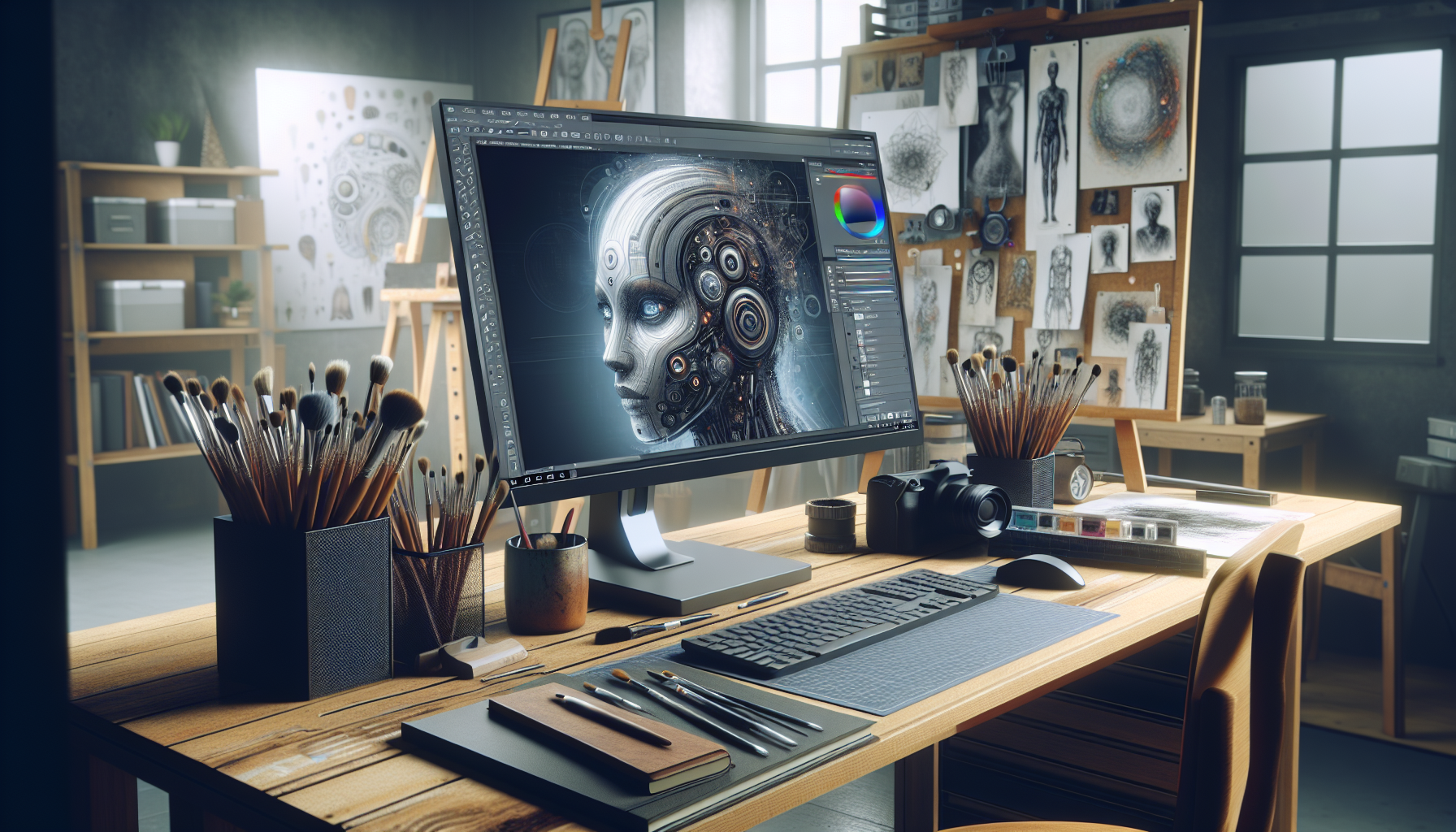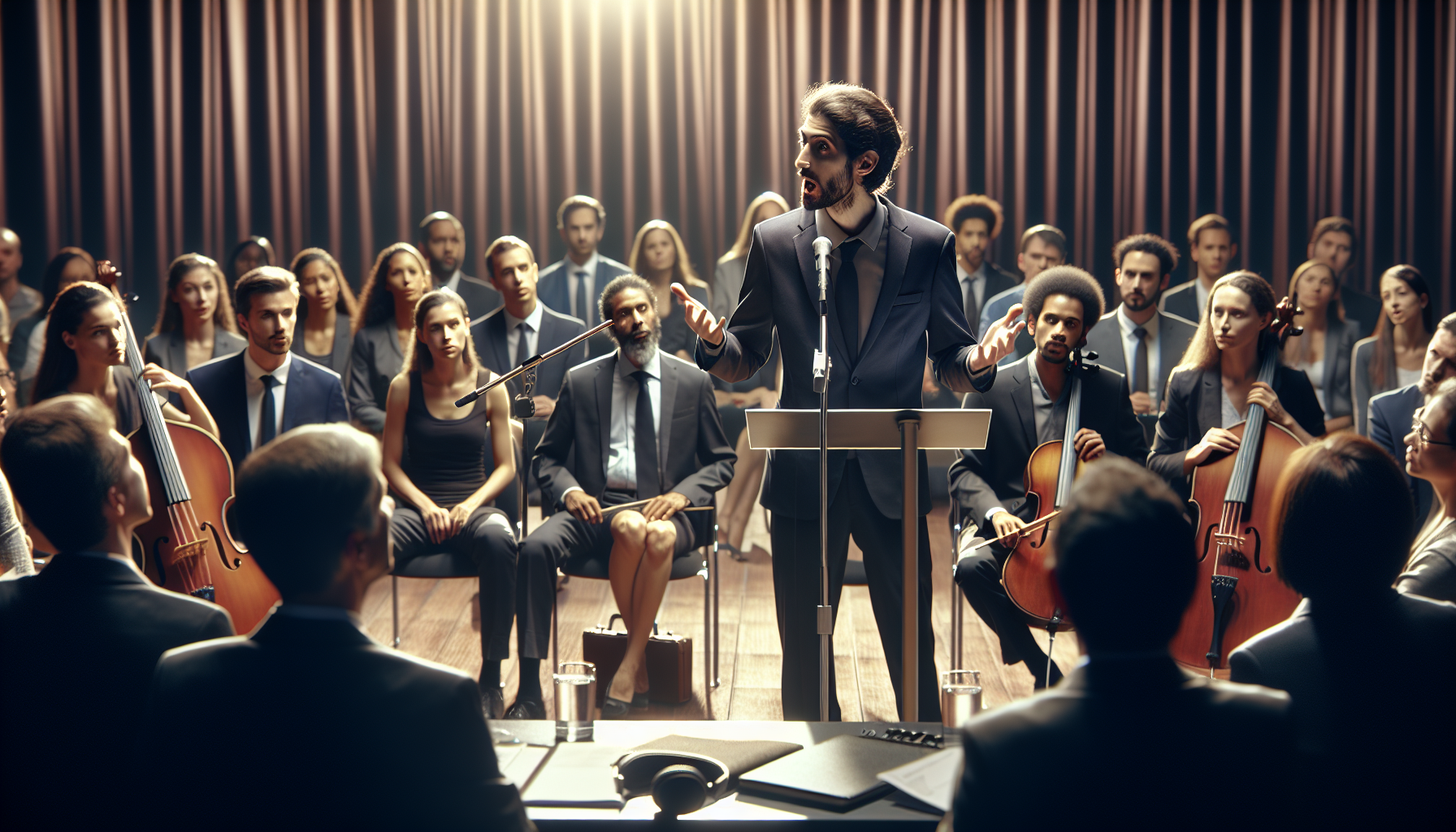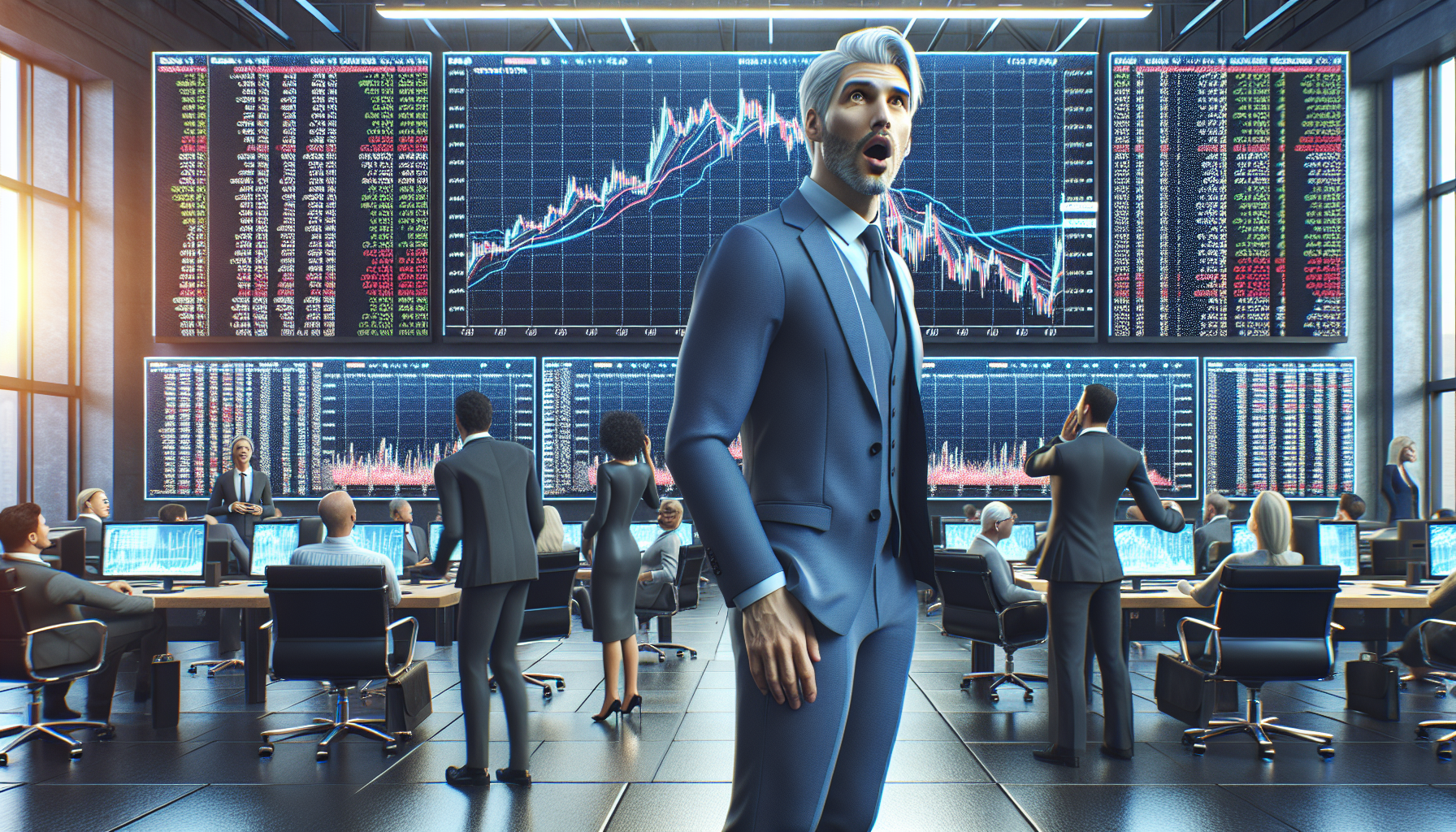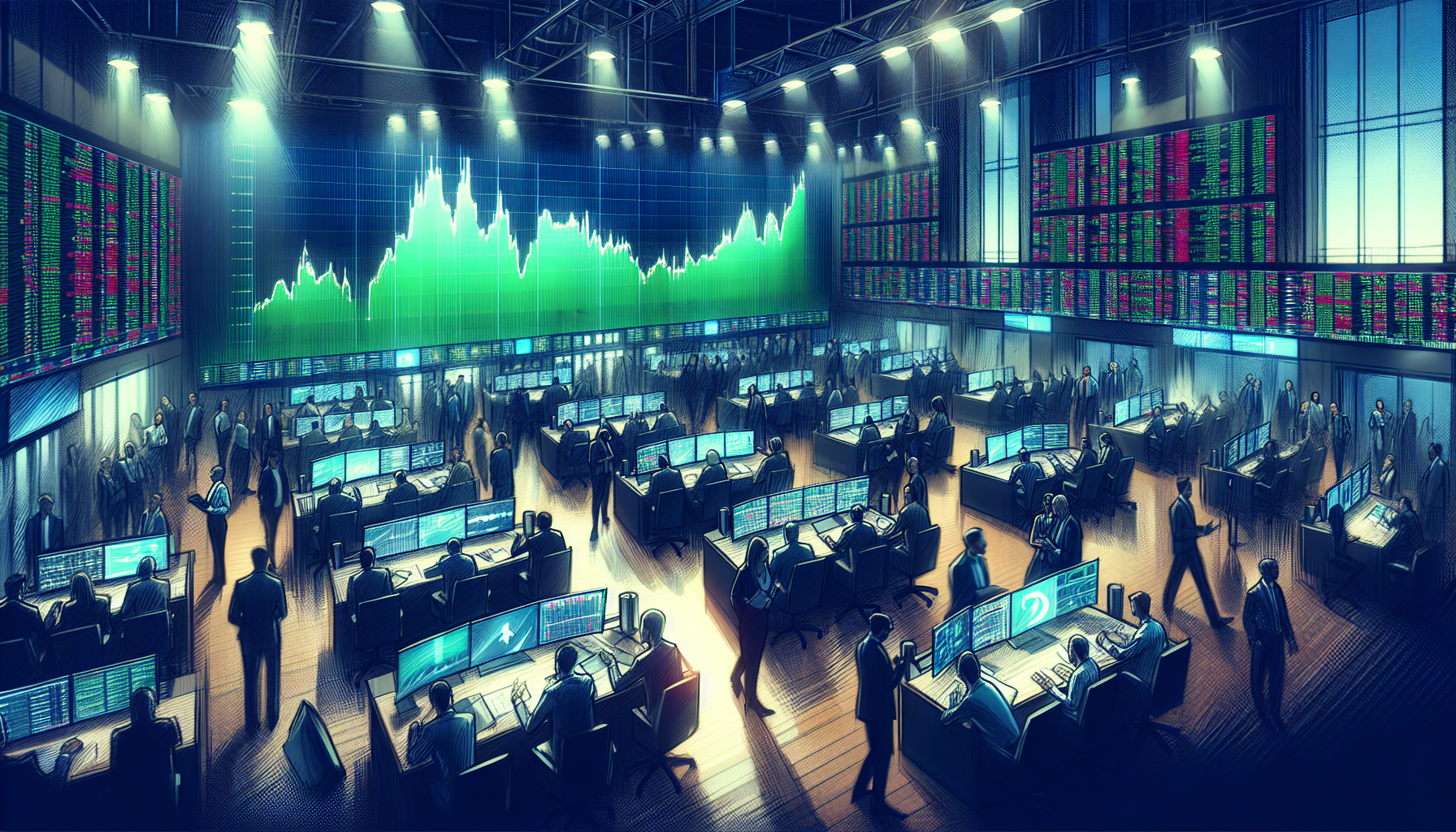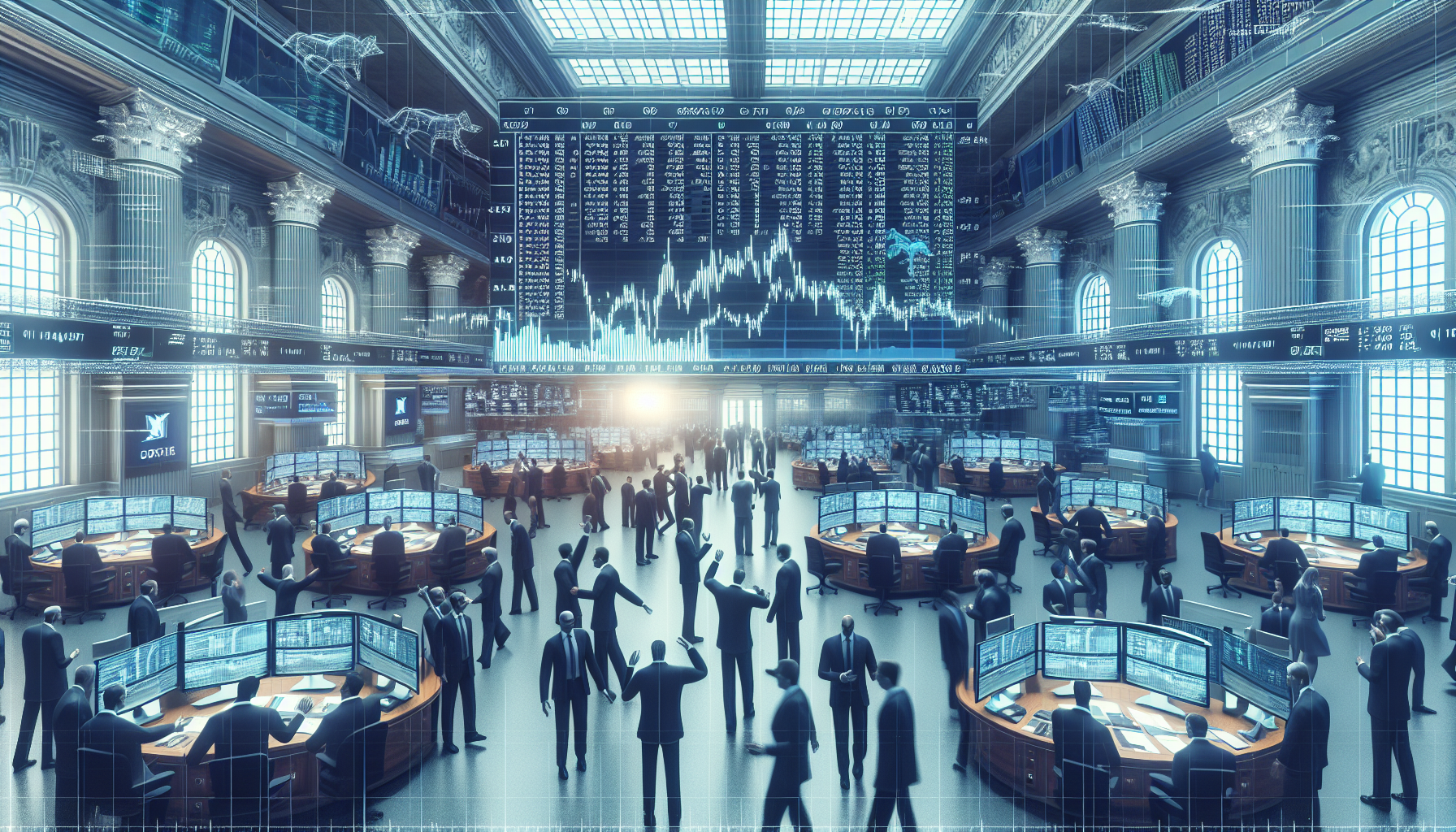The Rise of AI Image Generators: Can They Really Produce Realistic Photos?
The advancement of artificial intelligence (AI) has transformed numerous industries, and one of the most intriguing developments is in the realm of image generation. With tools like OpenAI’s DALL-E, Stable Diffusion, and Midjourney innovating the landscape, the question arises: can these AI image generators genuinely produce realistic photos? In this blog, we will delve into the capabilities of these technologies, their practical applications, and why they can significantly enhance your productivity and workflow.
Understanding AI Image Generators
AI image generators leverage complex algorithms to create images based on user inputs, often referred to as prompts. By utilizing extensive datasets, these tools learn to interpret and generate visual content that can resemble real-life photographs or even artistic depictions. If you’re unfamiliar with terms such as “neural networks” or “deep learning,” don’t worry! In simple terms, neural networks mimic the way human brains function, allowing the AI to recognize patterns and generate images from them.
Some of the leading names in this field include OpenAI, Stable Diffusion, and Midjourney. They harness cutting-edge technology to blur the lines between reality and digital creation.
How Do They Work?
You might be wondering how these AI tools can create images that look so real. It’s all about the training process! AI models are fed thousands, if not millions, of images, learning from each one to understand various elements such as lighting, texture, and object placement. When you provide a prompt like “a sunset over a mountain range,” the AI can generate an image that embodies these components authentically.
While the results can be astonishing, it’s essential to note that the realism of the images can vary. Some images may look hyper-realistic, while others might still have a hint of the digital world about them. Just picture your new pet — a fluffy unicorn, perhaps? While charming, it might not closely resemble an actual animal!
Practical Applications of AI Image Generators
So, where can you put these fantastic AI image generators to good use? Here are a few ideas:
- Marketing and Advertising: Create stunning visuals for campaigns without the need for extensive photography sessions.
- Social Media Content: Generate eye-catching images to engage your audience and increase post visibility.
- Product Design: Visualize concepts before moving to the prototyping phase, saving time and resources.
- Artistic Exploration: Artists can use these tools to inspire new creations or experiment with different styles.
By tapping into these capabilities, you can streamline your workflow, enhance creativity, and produce content more efficiently.
Challenges and Limitations
Despite their impressive capabilities, AI image generators face challenges. Key issues include:
- Ethical Considerations: There are ongoing debates about copyright infringement and the authenticity of images. Who owns the rights to the generated content? It’s a gray area.
- Realism vs. Artistry: While some users crave hyper-realistic images, others may prefer a more abstract or artistic touch. The outcome often hinges on the prompt’s specificity.
- Quality Control: Not every generated image will meet quality standards, and refining prompts can require a bit of trial and error.
The Future of AI Image Generation
As technology continues to evolve, AI image generation is set to improve even further. Expectations are that future releases will better understand the nuances of realism and enhance user interaction. Imagine requesting your digital twin in a thousand different styles, and voilà, it appears before you in seconds! With advancements in AI, this could soon be our reality.
As we witness these innovations unravel, it’s essential to stay updated about the latest tools and technologies that can improve productivity and workflow. Embracing AI could significantly elevate your creative potential.
Conclusion
In summary, AI image generators represent a thrilling intersection of creativity and technology. Their ability to produce stunning visuals with minimal effort is paving the way for a more productive workflow across various fields. As tools like OpenAI, Stable Diffusion, and Midjourney become more accessible, the opportunity to integrate them into our everyday tasks is exciting.
If you haven’t tried them yet, now might be the perfect time to dive in and discover

